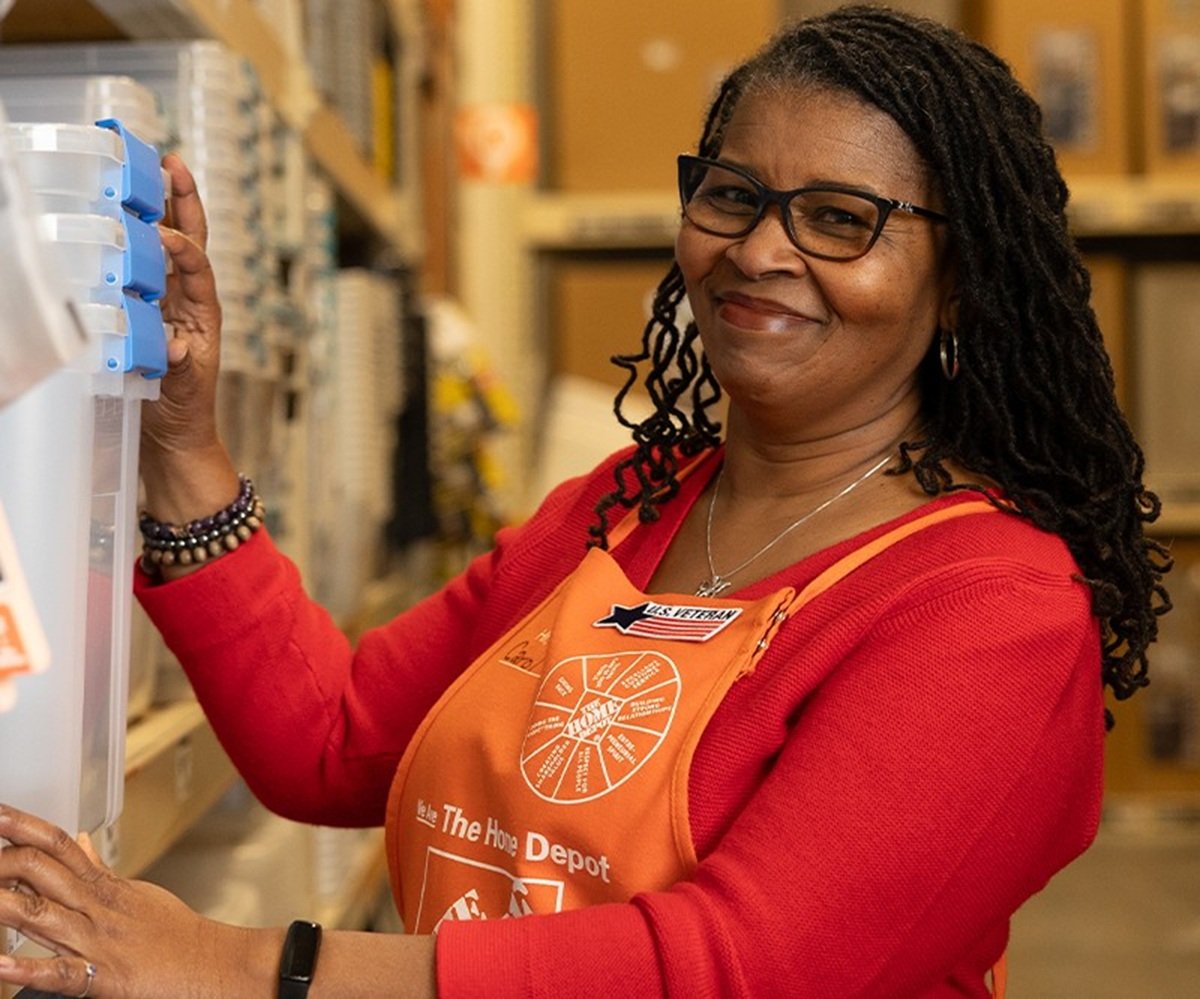Since the end of the housing crisis roughly a decade ago, Home Depot (HD +0.08%) investors have witnessed one of the most impressive operating rebounds on the stock market. The retailer's sales have soared -- blowing past $100 billion last year compared to less than $70 billion at the post-recession low. Key financial wins over this period have included rising profitability, more market share, and improving cash flow, all of which contributed to a surging dividend payment for income investors.
It will be hard for Home Depot to extend such an impressive track record into 2020 and beyond, especially with rival Lowe's (LOW +1.38%) mounting a more serious challenge. Yet the industry leader could still deliver robust returns to shareholders over the next five years or so.

Image source: Getty Images.
A bigger business
Management's main focus over the next few years is rolling out what they call the "One Home Depot" experience. It's a multichannel shopping initiative similar to the one that's helped national peers like Walmart and Target post their best growth rates in over a decade.
For Home Depot, the strategy involves honing a seamless shopping experience between online browsing and purchasing and visiting stores. Its physical store base is critical to this initiative, which helps explain why the chain is adding locations for the first time in years while pouring cash into store upgrades, too. Those stores serve as a pickup base for orders while helping Home Depot's supply chain enable same-day or next-day delivery to the entire country, which management hopes to achieve by 2022.
The Home Depot of 2024 will likely depend on e-commerce for well over 10% of sales and a good portion of customer traffic to its stores. Assuming just a steady home improvement market, the broader business should see sales grow at around a 4% compound annual growth rate, which would put revenue at about $140 billion.
More oriented toward professionals
The professional consumer demographic is shaping up to be the main market-share battleground with rival Lowe's. This shopper spends heavily and dominates the "big ticket" transactions of over $900. It's also the industry's fastest growing and most profitable niche.
Home Depot had no problem winning pro contractor business from 2015 through 2018, but Lowe's has recently mounted a bigger challenge. New CEO Marvin Ellison, who used to run Home Depot's U.S. store strategy, is intensifying the chain's attack on the segment after stabilizing the wider business over the first half of 2019.
Home Depot's growth and profitability metrics trounced those of its smaller rival over the past half decade, but the pro business will likely determine whether those gaps persist over the next five years.
Better finances
Many unpredictable economic and market shifts will occur over the next five years, but through it all, shareholders can be reasonably confident in Home Depot's improving finances. The consumer discretionary leader's cash return totals are already massive, with share repurchases and dividend spending cresting $14 billion in 2018. That figure should surge once the company concludes this latest bout of elevated capital spending on stores and building out the digital sales channel.
Of course, a sharp decline in the housing market would change Home Depot's trajectory and likely knock it from the steady growth investors have seen over the past decade. For now, CEO Craig Menear and his team see no imminent recession on the way. In fact, the fundamentals of the industry, including home price appreciation and the age of housing stock, could easily support healthy growth in the coming quarters and years. As the industry's biggest, most efficient player, Home Depot stands ready to reap more than its fair share of that expansion through 2024.







